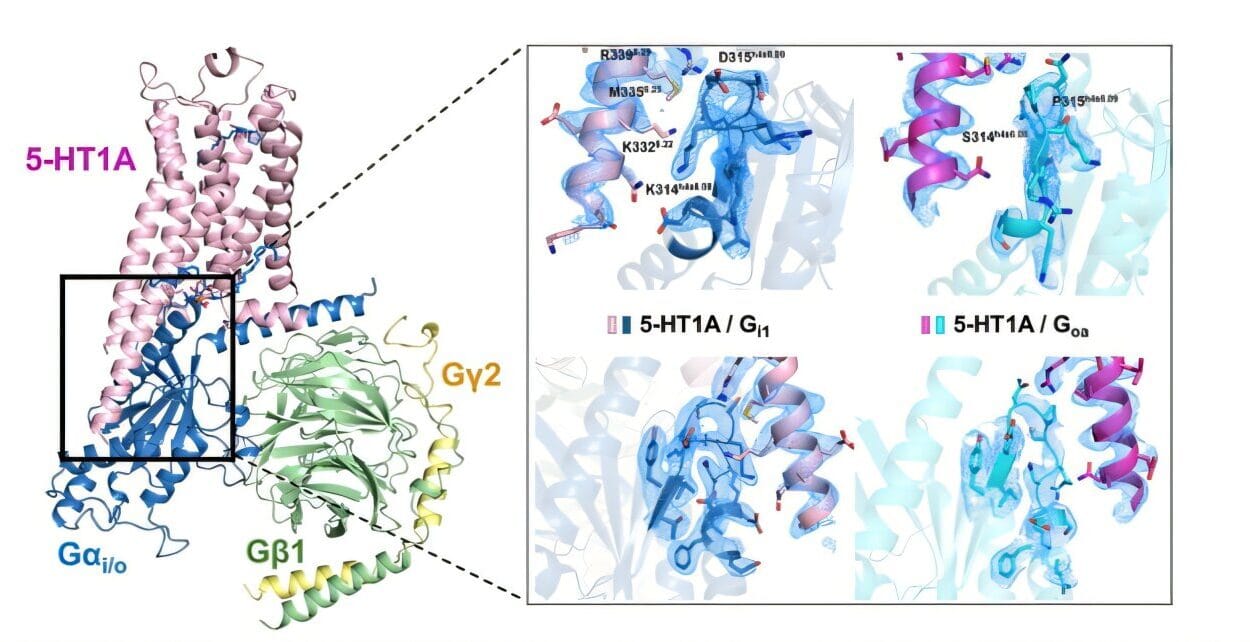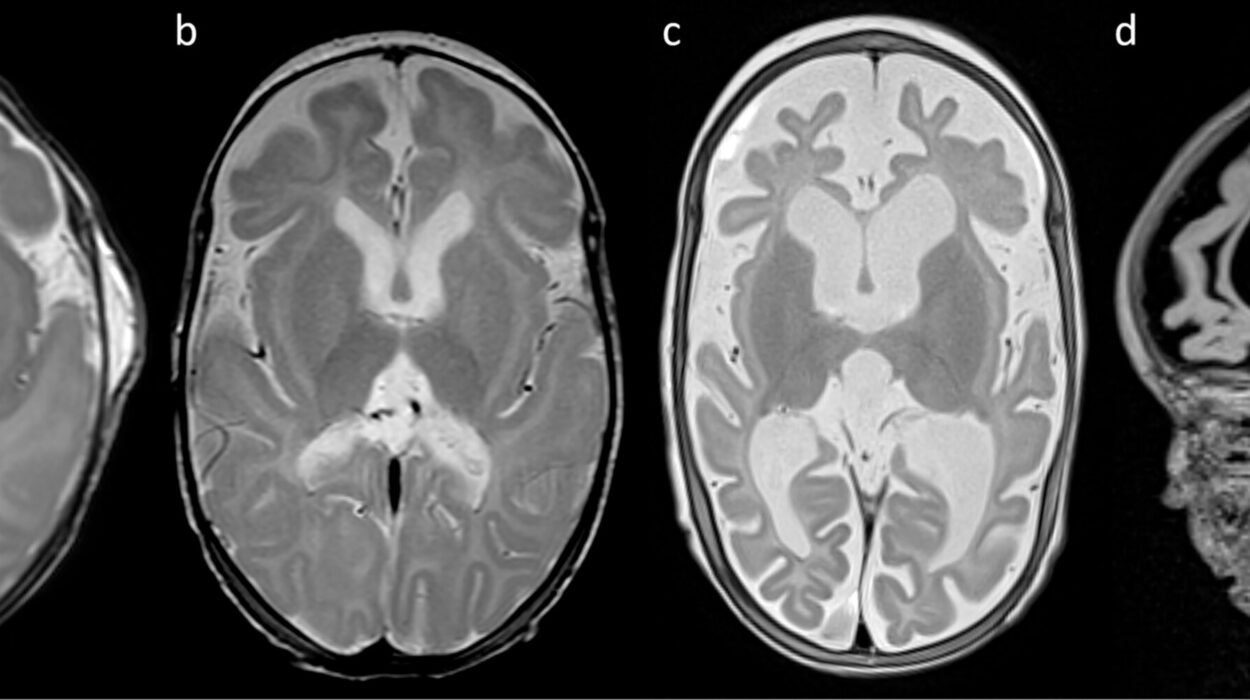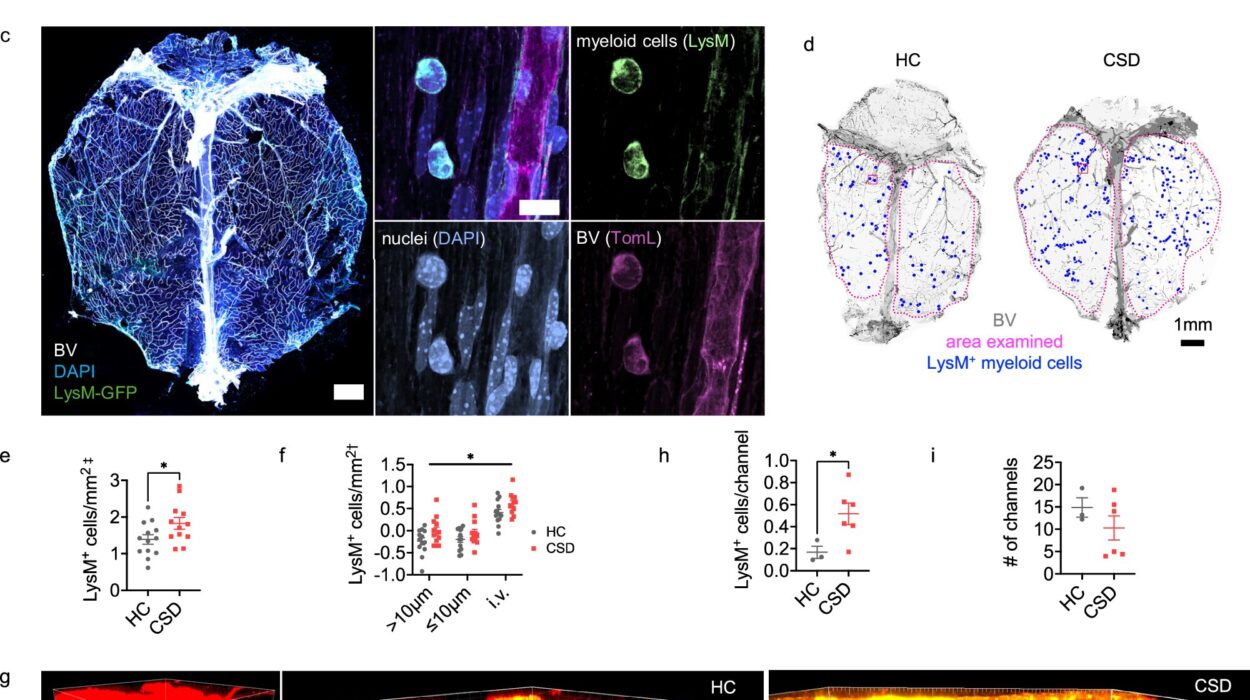Heart disease remains one of the most formidable health challenges across the globe, claiming millions of lives every year. Among its many faces, the heart attack—or myocardial infarction—stands out as the most dramatic, often sudden, and sometimes fatal event. For decades, medicine portrayed the “classic” heart attack as a middle-aged man clutching his chest in pain. This image, powerful though it is, has obscured an important truth: women often experience heart attacks very differently than men.
Understanding these differences is not simply a matter of academic interest. It is a matter of life and death. Misdiagnosis, delayed treatment, and lack of awareness disproportionately harm women because their symptoms do not always fit the expected male-centered narrative. Many women have been sent home from emergency rooms with indigestion pills, only to suffer severe or fatal heart attacks hours later. Conversely, men who delay seeking help because they dismiss chest pain as “just stress” put themselves at equal risk.
To truly grasp how heart attacks manifest differently in men and women, we must explore not only the biological and physiological differences but also the social, cultural, and emotional dimensions that influence recognition, treatment, and outcomes. This is not only a medical story—it is a deeply human one.
What Exactly Is a Heart Attack?
Before comparing symptoms, it helps to understand what a heart attack really is. At its core, a heart attack occurs when blood flow to part of the heart muscle is blocked, usually by a blood clot forming on top of a ruptured plaque inside a coronary artery. The heart muscle, deprived of oxygen, begins to die within minutes.
Symptoms occur as the body’s way of signaling this distress. Chest pain or pressure, shortness of breath, nausea, fatigue, dizziness—these are not random. They are biological alarm bells, telling the person that something is wrong. Yet the way these signals appear and the way they are interpreted can differ significantly between men and women.
Why Symptoms Differ Between Men and Women
Biology plays a central role in shaping these differences. Men and women’s cardiovascular systems are not identical. Women generally have smaller coronary arteries than men, meaning that blockages and reduced blood flow can manifest differently. Hormonal influences, particularly estrogen, also play a protective role in women before menopause, influencing how and when heart disease develops.
Another important factor is the type of heart disease. Men are more likely to suffer from obstructive coronary artery disease—where large arteries are blocked—while women more often experience microvascular disease, involving smaller blood vessels. This distinction can dramatically alter how symptoms present themselves.
Beyond biology, cultural and social influences matter. Women, conditioned by society to minimize their pain or prioritize the health of others over themselves, may dismiss their symptoms as stress, fatigue, or digestive issues. Men, on the other hand, may resist seeking help quickly because of cultural expectations of toughness or stoicism.
The result: both genders face unique challenges in recognizing and responding to heart attack symptoms, but women face an especially steep uphill battle due to decades of underrepresentation in medical research and lack of awareness.
The “Classic” Male Heart Attack Symptoms
For men, the most common and recognizable symptom is chest pain or discomfort. This pain is often described as a heavy pressure, squeezing, or a sensation of fullness, as if an elephant is sitting on the chest. It may spread to the left arm, shoulder, neck, or jaw. This is the picture most people, including doctors, associate with heart attacks.
Men are also more likely to break out in a cold sweat, feel sudden dizziness, or experience shortness of breath along with chest pain. These symptoms often come on suddenly and dramatically, which can lead men to recognize that something serious is happening.
Because the male symptom profile has been the traditional medical standard, men tend to be diagnosed more quickly when they arrive at the emergency room with these complaints. Their symptoms align with the textbook description, and as a result, they often receive faster intervention.
Women’s Heart Attack Symptoms: The Subtle and Dangerous Signals
For women, the story is far more complex—and more dangerous. While chest pain can occur in women, it is not always the central symptom. In fact, many women have heart attacks without the hallmark crushing chest pain at all. Instead, they may experience symptoms that are vague, diffuse, and easily mistaken for other conditions.
One of the most common female symptoms is overwhelming fatigue. Women often describe feeling exhausted for days or even weeks before their heart attack. Some report being unable to perform simple tasks like climbing stairs or carrying groceries without unusual shortness of breath.
Other symptoms that frequently appear in women include nausea, indigestion, and stomach pain. These gastrointestinal-like symptoms lead many women—and sometimes their doctors—to assume the cause is acid reflux, flu, or anxiety.
Pain in the back, jaw, or neck is another hallmark of female heart attacks. Instead of the sharp left-arm pain men report, women may feel discomfort in areas not traditionally linked to the heart, which delays recognition.
Dizziness, lightheadedness, and fainting are also more common among women. In some cases, women have described their symptoms as simply “not feeling right” or “having a sense of doom.” These non-specific symptoms are often dismissed, but they can signal imminent danger.
The tragedy is that these symptoms, while medically documented, are still less recognized in public awareness campaigns and even in some clinical settings. This under-recognition contributes to higher mortality rates for women after heart attacks compared to men.
The Emotional and Psychological Dimension
Heart attacks are not only physical events; they are emotional earthquakes. The way men and women perceive and react to symptoms can profoundly shape outcomes.
Men, when confronted with classic chest pain, may initially deny the seriousness, attributing it to indigestion, muscle strain, or stress. But once the pain intensifies, many seek help urgently.
Women, facing subtler symptoms, may rationalize or minimize them. Fatigue? That’s just life’s demands. Indigestion? Must be something I ate. Shortness of breath? Probably from being out of shape. Society’s expectations—that women endure discomfort silently, that they put family and work before their own health—can lead to dangerous delays in seeking treatment.
Moreover, research shows that women often feel dismissed or not taken seriously when they present their symptoms to healthcare providers. This double burden—internal minimization and external misrecognition—creates a perfect storm.
The emotional aftermath also differs. Women who survive heart attacks report higher rates of anxiety and depression compared to men, which can affect recovery and long-term health outcomes. Recognizing and supporting the psychological dimension is as critical as treating the physical heart.
Misdiagnosis and Delayed Treatment
One of the most alarming aspects of gender differences in heart attack symptoms is the higher likelihood of misdiagnosis in women. Studies have shown that women are more likely to be sent home from emergency departments without treatment, only to return later with more severe or even fatal heart attacks.
Part of this stems from outdated stereotypes about who is at risk. For many years, heart disease was thought of as a “man’s disease.” Even today, younger women in particular are often overlooked because they are not seen as typical candidates for heart attacks.
Diagnostic tools themselves can be biased. Traditional stress tests and angiograms are better at detecting large-artery blockages common in men but may miss microvascular disease, which disproportionately affects women. Without careful, gender-informed evaluation, women’s heart disease may remain hidden until it becomes catastrophic.
Recovery and Long-Term Outcomes
The differences between men and women do not end once the immediate heart attack is treated. Recovery and long-term outcomes also diverge.
Men often recover faster and respond more predictably to standard treatments. Women, however, may face complications, slower recovery, and higher risk of developing heart failure after a heart attack. Hormonal differences, smaller body size, and variations in artery structure all contribute.
Women are also less likely to be referred for cardiac rehabilitation, even though research shows they benefit greatly from structured recovery programs. Lack of referral, combined with psychological barriers such as anxiety and caregiving responsibilities, means many women miss out on critical rehabilitation opportunities.
Prevention: A Shared Goal with Different Strategies
While men and women experience heart attacks differently, prevention strategies are vital for both. The major risk factors—high blood pressure, high cholesterol, diabetes, smoking, obesity, and sedentary lifestyle—apply universally. Yet gender nuances matter.
Women with diabetes, for example, face a much higher relative risk of heart disease than men with diabetes. Smoking also poses a greater heart attack risk for women than for men. Hormonal changes, particularly after menopause, increase vulnerability in women.
For men, stress, excessive alcohol use, and untreated hypertension play especially dangerous roles. Recognizing these patterns allows for more personalized prevention strategies.
Ultimately, both genders benefit from heart-healthy habits: balanced diets, regular exercise, stress management, and routine medical check-ups. Awareness, however, remains the cornerstone—knowing the unique warning signs is the first step in prevention.
The Role of Research and Awareness
Historically, women were underrepresented in cardiovascular research. For decades, studies were conducted primarily on men, and their findings generalized to women. This oversight delayed recognition of gender-specific symptoms and treatment needs.
In recent years, progress has been made. Campaigns like the American Heart Association’s “Go Red for Women” have brought attention to the issue, empowering women to recognize their risks and symptoms. Still, there is much work to be done in ensuring that both medical professionals and the public understand the differences in how heart attacks manifest across genders.
Education must extend beyond hospitals into communities, workplaces, and schools. Every person should know that women’s heart attack symptoms may look different, and every healthcare provider should be trained to listen without bias.
Stories That Save Lives
Behind the statistics are real people, and their stories highlight the urgent need for awareness.
A woman in her forties goes to the emergency room with nausea, fatigue, and jaw pain. She is sent home with antacids. Hours later, she collapses from a massive heart attack.
A man in his fifties ignores chest pressure during a stressful workday, convincing himself it’s indigestion. He delays seeking care, only to arrive at the hospital with extensive heart damage.
These stories are not isolated—they repeat daily, across the world. But they also carry hope. Survivors who share their experiences raise awareness, giving others the knowledge and courage to act faster. Each story has the power to save a life.
Toward a Future of Equal Heart Health
The differences between men’s and women’s heart attack symptoms are not minor—they are profound, with life-and-death consequences. Recognizing these differences requires a shift in medical practice, public awareness, and personal vigilance.
We must reject the one-size-fits-all approach and embrace a more nuanced understanding of heart disease. We must ensure that both men and women are educated about their risks, empowered to recognize symptoms, and supported in seeking immediate care.
Heart disease may be the silent killer, but silence can be broken—with awareness, with advocacy, and with action.
Conclusion: Listening to the Heart
At the center of this story lies a simple truth: the heart speaks, but it does not always use the same language in men and women. Men often hear it as crushing chest pain. Women may hear it as fatigue, indigestion, or a whisper of unease. Both languages are valid, both demand urgent attention, and both hold the power to save or end a life.
The challenge for us—patients, doctors, families, and communities—is to listen carefully, without assumptions, without bias. To honor the different ways the heart cries out for help. To treat every symptom, every person, with the seriousness it deserves.
In the end, understanding the differences between men’s and women’s heart attack symptoms is more than science—it is compassion. It is the recognition that biology, culture, and medicine must come together to protect the most vital organ we all share. And it is the promise that no voice, no symptom, will go unheard again.






